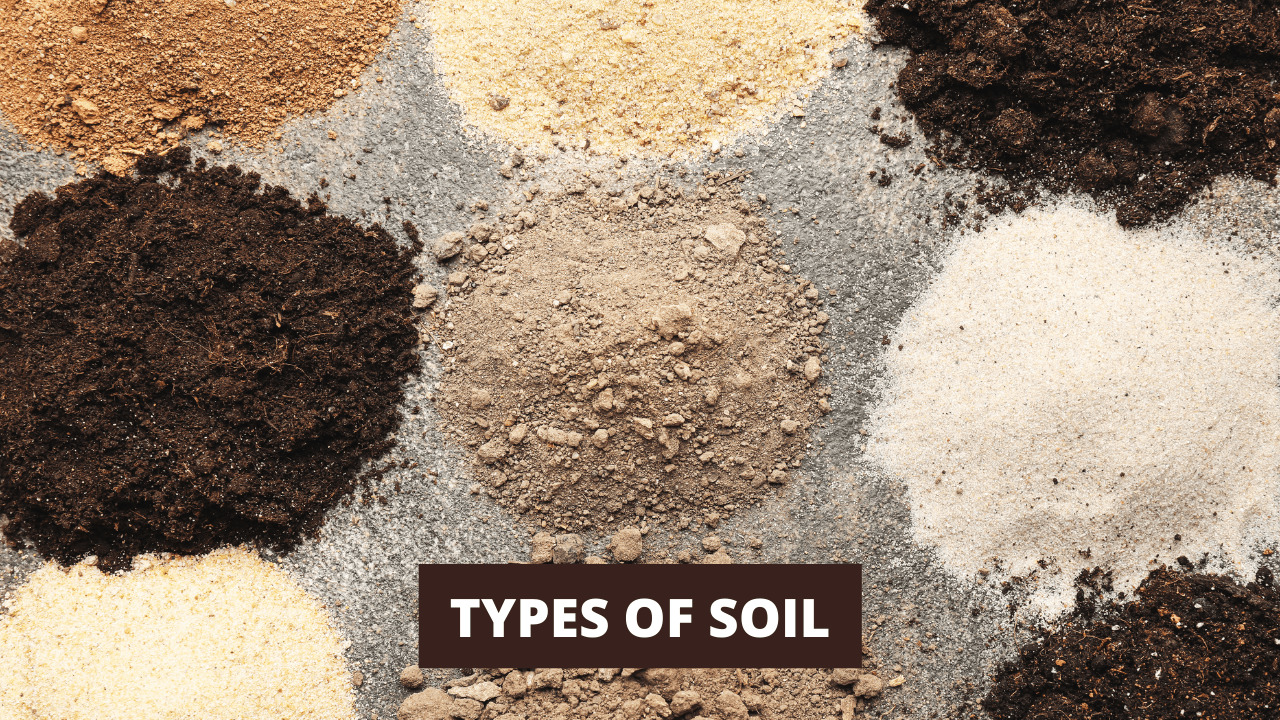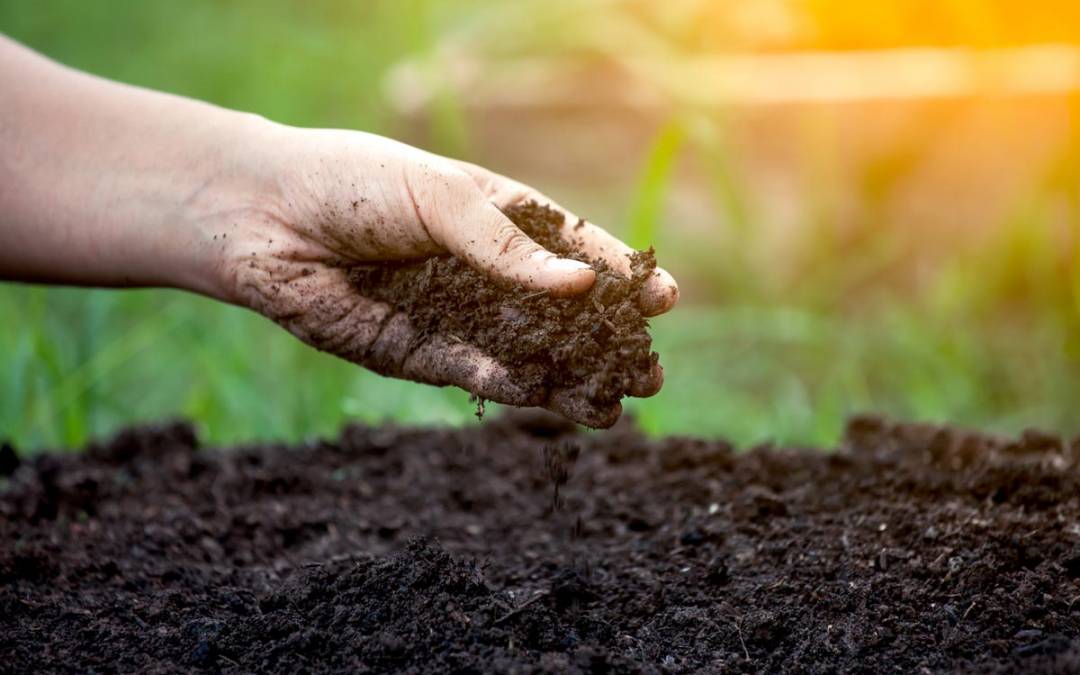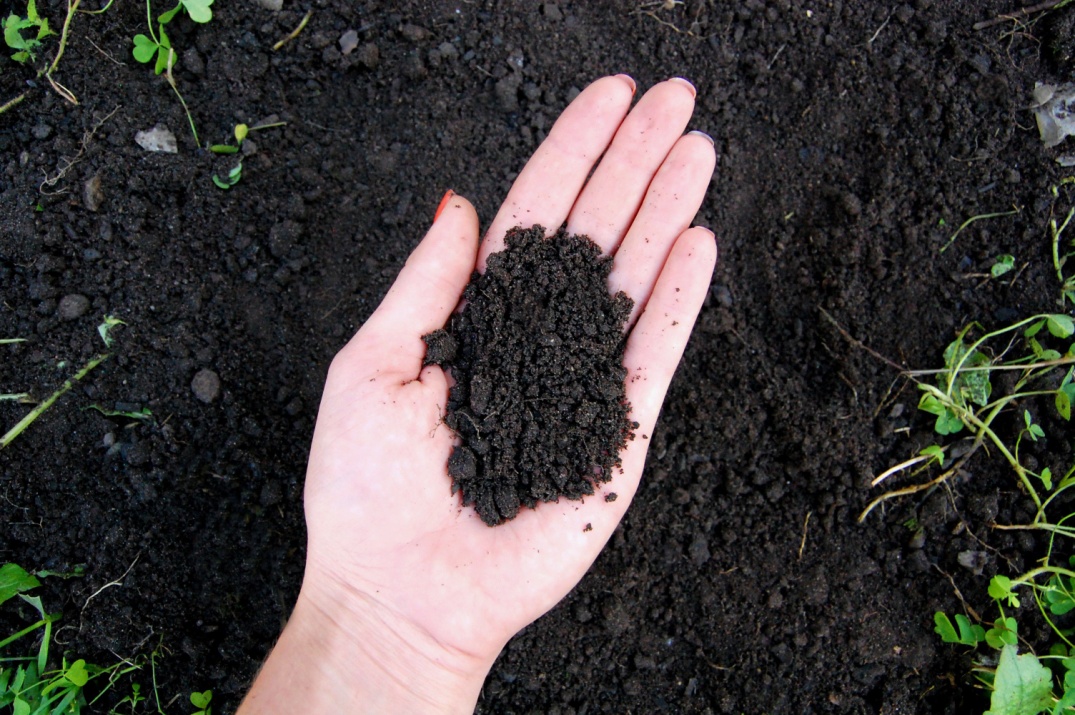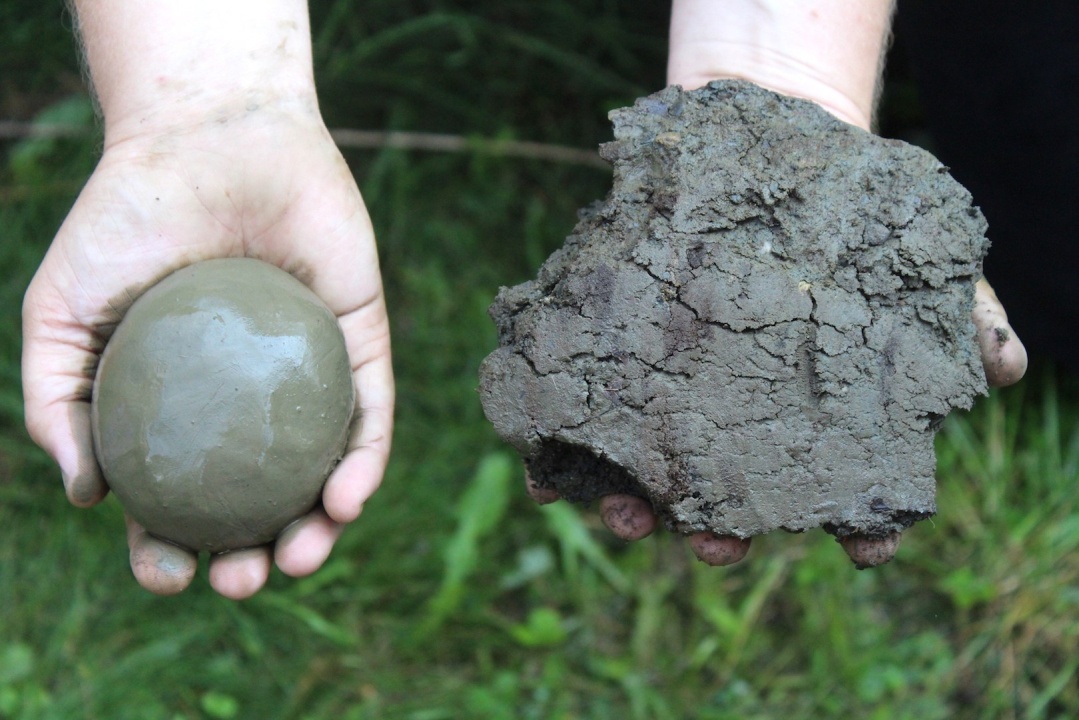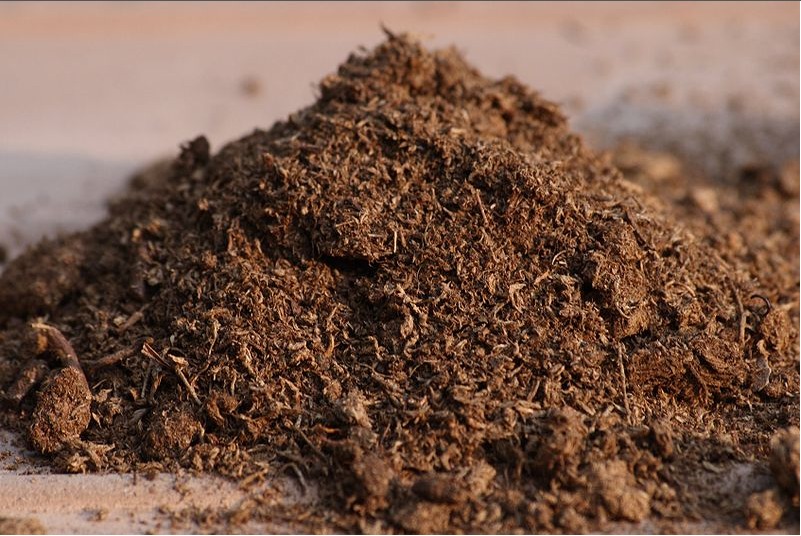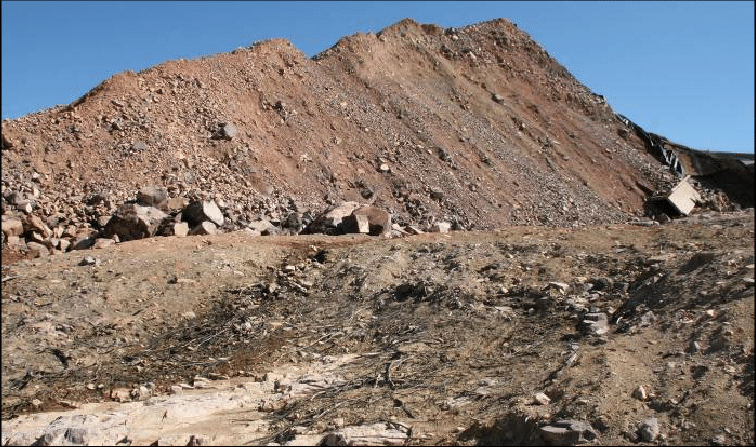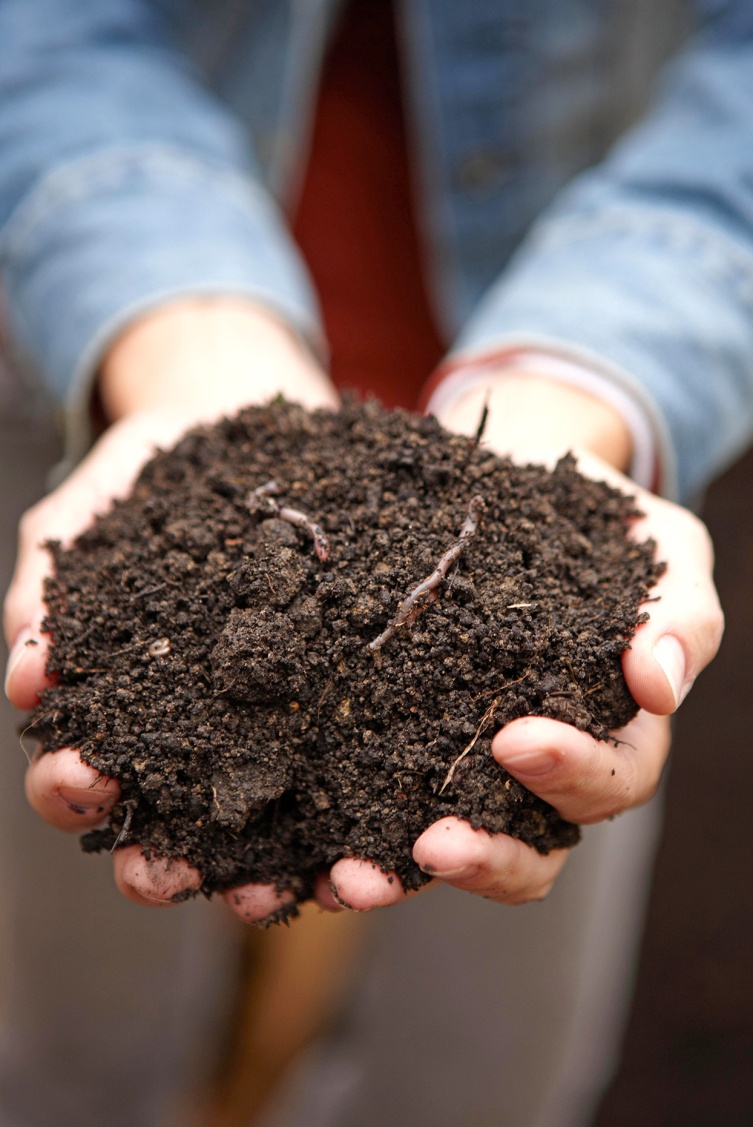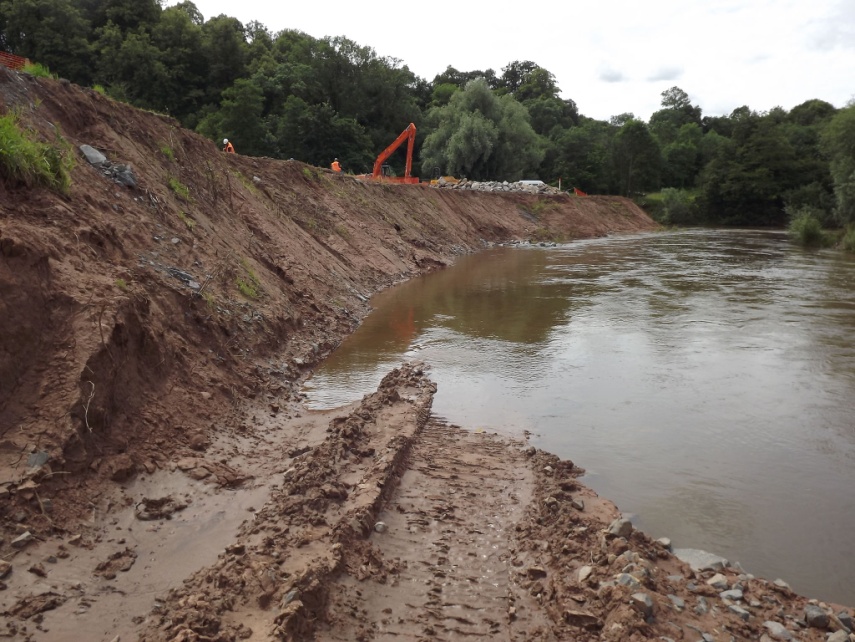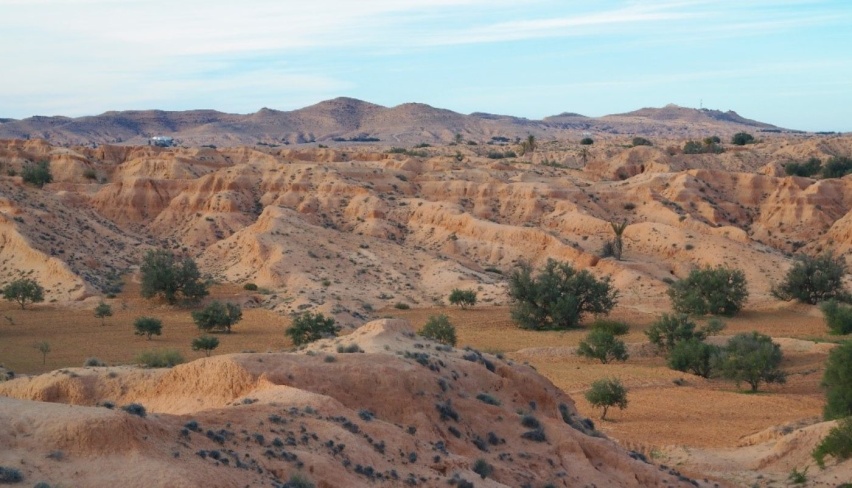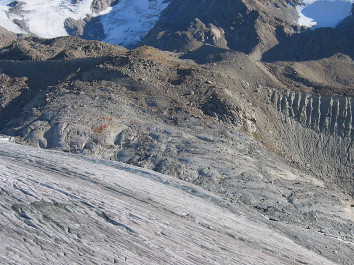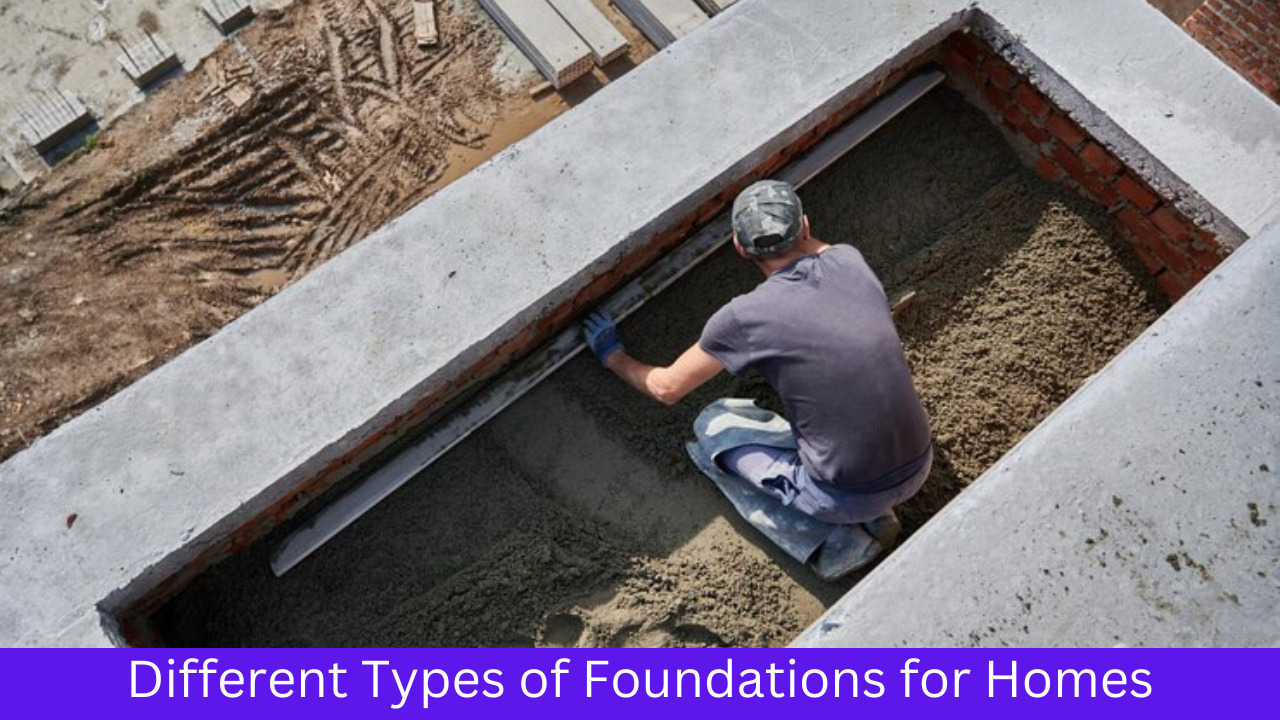In this article, we will study soils, their uses, and their types. It is one of the essential materials for construction purposes. It plays a critical role in the strength of any structure. Let’s start with the definition and uses of soil.
Table of Contents
What is Soil?
In civil engineering, the soil is an unconsolidated accumulation of minerals available on the surface of the earth’s crust. It may be organic or inorganic matter.
Soil is like a base of the structure in civil engineering. There are different types of tests to check the performance and stability of the soil present at that place.
What is Soil Mechanics?
It is a branch of civil engineering concerned with the soil and its behavior under different conditions like loads, temperature variations, and moisture content.
This study involves the principles of engineering mechanics, fluid mechanics, thermal mechanics, etc.
Uses of the Soil
Following are some uses of the soil.
- It acts as a supporting material to bear loads of the structures.
- It uses in the construction of earthen dams, roads, airfields as a raw constructional material.
- It uses as a processed material in the form of burnt bricks, concrete mix, etc.
- It uses in the formation of medicines.
- It is used in paper, paint, and pharmaceutical industries.
Types of soils
Some principal types of soils are commonly present on the Earth’s surface.
1)Sandy Soils
It is one of the common types of soil used for construction purposes due to the lesser amount of nutrients. It is warm and dry with its lightweight. A less quantity of clay is present in sandy soils.
Characteristics of sandy soils
- They are most suitable for construction work at any time of the year.
- They have good drainage due to their dry nature.
- They provide better growth of crops.
2)Loamy Soils
This type of soil involves a mixture of sand, silt, and clay that may or may not contain organic matter. Due to the presence of different ingredients, they can be:
- Sandy loams
- Clayey loams
- Silty loams
Characteristics of loamy soils
- These soils have good drainage.
- These are easy to handle.
- They provide good fertilization properties.
3)Silty Soils
It is a type of fine-grained soil with smooth and dry particles. Silt soils are present in borrow pits. The particle size of silty soils is generally medium ranging from 0.002-0.06 mm. Organic silts have plasticity, while inorganic silts are non-plastic.
Characteristics of Silty Soils
- These soils are liable to retain water.
- These also have good fertility.
- Their compaction is easier than other types of soils.
4)Clayey Soils
These soils have fine-grained cohesive plastic soils with particle sizes less than 0.002 mm. These soils contain numerous of nutrients. They have moisture in the winter season and get dry early in the summer season.
There are some local varieties of clayey soils.
- Boulder Clays (particle size ranges from 300 mm to 0.002 mm)
- Varved Clays (Alternate thin particles of fine sand and silt)
- Bentonite Clays (contains mineral of montmorillonite)
Characteristics of Clayey Soils
- They do not have good drainage.
- These soils also have easy compaction.
- They do not provide food fertilization.
- They can retain water for a long-term period.
5)Peat Soils
The formation of this soil is due to partly decayed plants and animal remains. These soils are highly organic. The fully decayed plant material is known as muck. These soils are generally black or dark brown.
Characteristics of Peat Soils
- These are available in low-laying areas.
- They have easy compaction due to high moisture levels.
- They are not suitable for gardening as well as construction.
6)Chalky Soils
This type of soil contains calcium carbonate (lime) in its formation. Chalky soils can be light or heavy due to their alkaline nature. These are chalky due to the presence of white lumps.
Characteristics of Chalky Soils
- These are not suitable for plantations.
- They can cause damage to the growth of plants.
- These salt contents are also dangerous for the foundations.
- Cracks appear in the dry and warm season.
Types of soils on their mode of formation and deposition
These are some types of soils depending upon their mode of formation.
1)Residual Soils
The formation of these soils is due to weathering of rocks. There are two types of residual soils.
- Coarse-grained soils (Sands and Gravels)
- Fine-grained soils (Silts and clays)
They have excellent to good performance for the foundation of a structure.
2)Organic Soils
The formation of organic soils is due to the growth and decay of plants and animals life. The most common examples of organic soils are:
- Peat
- Muck
3)Transported Soils
The formation of this type of soil is due to the transportation and deposition of different materials. Their particle size depends upon the mode of transportation.
-
Alluvial Soils
The soil that forms due to the transportation and deposition of materials by running water. These soils are present in streams and rivers. There are some examples of alluvial soils.
- Flood plain deposits
- Channel Fill
- Delta deposits
- Back swamps
-
Aeolian Soils
The soil that forms due to the transportation and deposition of materials by the wind is known as Aeolian soil. There are some examples of this type of soil.
- Loess
- Sand Dunes
-
Glacial Soils
The soils that form due to the transportation and deposition of materials by glaciers are called glacial soils. For example:
- Glacier Tills
- Glacio-Fluvial deposits
-
Marine Soils
The soils that form due to the transportation and deposition of materials by ocean waves and currents inshore and offshore areas are called marine soils. For example:
- Shore Deposits
- Marine Clays
-
Colluvial Soils
The soils that form due to the transportation and deposition of materials by gravity are called colluvial soils. For example:
- Landslide Deposits
- Talus
- Hill wash
-
Pyroclastic Soils
The soils that form due to the transportation of volcanic materials by wind, water, and gravity are called pyroclastic soils. For example:
- Pumice
- Ejecta Soils

